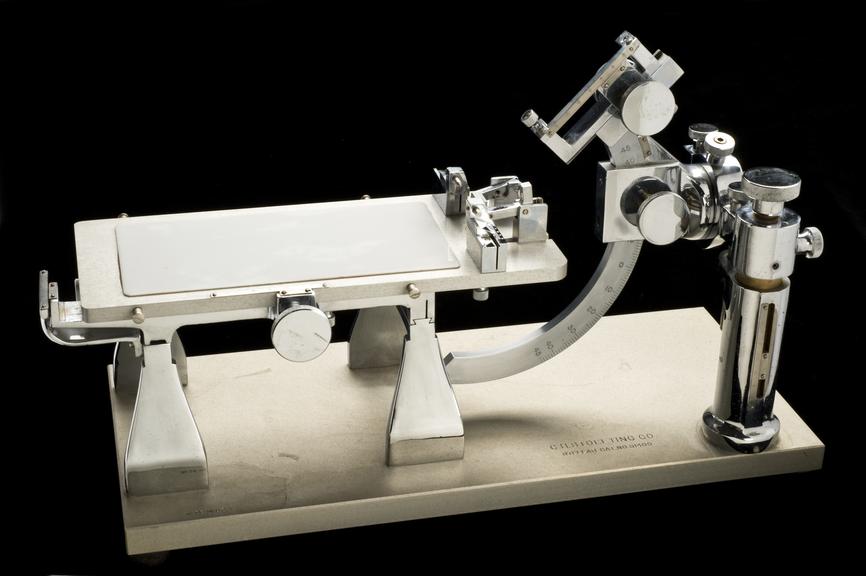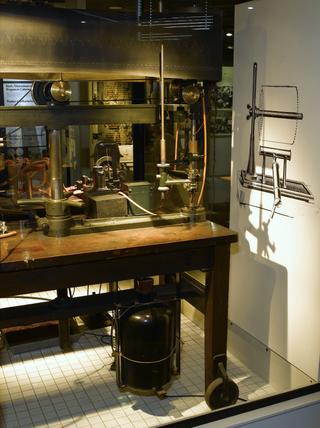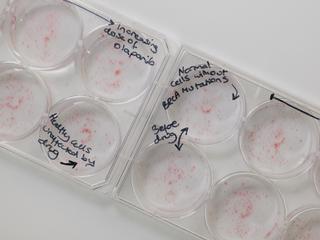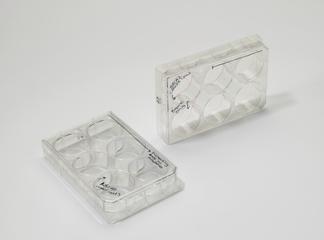Stellar stereotaxic apparatus, Chicago, United States of America, 1955-1965
Stellar stereotaxic (or stereotactic) apparatus for use with rodents, by C.H. Stoelting, Chicago, Illinois, USA, c.1960
More
This apparatus pinpoints areas of the brain in rats during laboratory experiments. It is known as Stellar stereotaxic (or stereotactic) apparatus. It is named after its inventor, American neuroscientist Eliot Stellar (1919-1993). He undertook pioneering, but controversial, work with rats. The apparatus was made by American manufacturer C. H. Stoelting and Company. The Medical Research Council’s Dunn Clinic Nutrition Centre donated it to the Science Museum.
Animal experimentation for scientific and medical research remains controversial. One main argument has been whether the benefits of animal testing ever outweigh the moral issues. The first organised anti-animal experiments or anti-vivisection movements were at their peak in Britain in the 1870s and 1880s. Their actions led to tighter restrictions on who could perform experiments.
- Object Number:
- 1985-647/1
- type:
- stereotaxic apparatus






